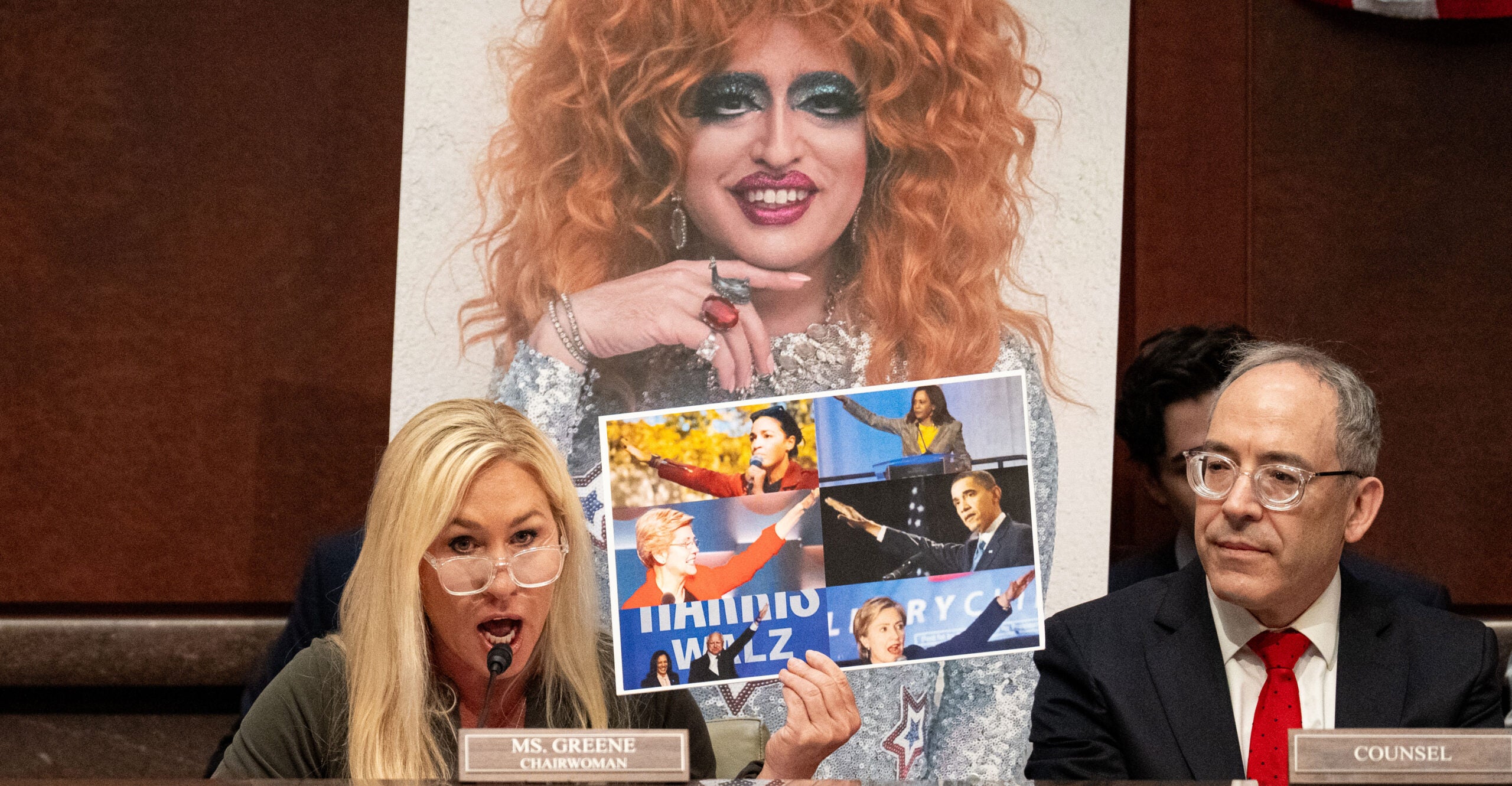NIMBYism and housing development: A case study from Rowland Heights
As Los Angeles grapples with its housing dilemma, it is crucial to move beyond NIMBY attitudes and embrace a vision for growth that balances individual concerns with the collective need for affordable housing.

Los Angeles is enduring a housing crisis of staggering proportions, a reality acknowledged by nearly every elected official, business group, and credible research organization. Despite this widespread recognition, the pervasive Not In My Back Yard (NIMBY) attitudes continue to obstruct progress, preventing the creation of affordable housing and exacerbating the county’s housing deficit.
A striking example of this phenomenon can be observed in Rowland Heights, an unincorporated community within Los Angeles County. Here, a small but contentious group of neighbors is fighting the county over the Royal Vista Residential Project, a well-planned development proposed for 75-acres of privately owned land once occupied by a portion of a golf course. Despite the project’s promise of 360 new homes, including 82 units designated for moderate-income residents, and a substantial allocation of 28 acres for open space and trails, the NIMBY messaging remains fierce.
The scale of the project—comprising mainly single-family homes and townhomes—does not align with the apocalyptic visions of a towering, low-income housing complex that some critics suggest. Yet, the opposition’s rhetoric paints a picture of an encroaching development that will undermine the character of the neighborhood. Ironically, some critics have argued that the land should either remain vacant or be transformed into a park, while simultaneously expressing concerns that such green spaces could lead to increased crime and homelessness. This contradictory stance highlights the challenges in addressing the root causes of opposition.
The Royal Vista Residential Project stands as a critical opportunity for addressing Los Angeles’ housing needs. It is designed to offer attainable housing for essential workers, such as teachers and public safety personnel, and first-time homebuyers. These are groups that contribute significantly to the community’s well-being and would benefit from the affordable for-sale housing options provided. Additionally, the project promises to generate essential revenue for local schools, which have experienced a troubling 20% decline in enrollment over the past decade.
The reality that this land, being privately owned, will inevitably undergo some form of development should not be overlooked. The choice is not between a pristine, unused golf course and an undesirable high-density development, but rather between a thoughtfully designed residential community with substantial open space and an indefinite void that will offer no benefits to the community.
NIMBYism’s impact on housing development extends beyond specific projects like Royal Vista. The resistance to new housing inventory perpetuates the housing crisis, driving up home and rental prices and making affordability an ever more distant goal. This resistance stifles economic development, hampers job growth, and impairs our ability to meet the basic needs of our residents.
In addressing these challenges, it is essential to recognize that well-planned developments, such as the Royal Vista Residential Project, offer solutions to the housing crisis without compromising community values. Responsible opposition should be rooted in constructive dialogue and a willingness to consider the broader societal benefits of new housing projects.
As Los Angeles grapples with its housing dilemma, it is crucial to move beyond NIMBY attitudes and embrace a vision for growth that balances individual concerns with the collective need for affordable housing. By doing so, we can work towards a future where housing is accessible to all, economic development is fostered, and communities are enriched, rather than stifled, by thoughtful and inclusive planning.
Loreena M. Garcia is a YIMBY Action Volunteer in San Gabriel Valley and housing advocate. The views expressed are her own.




















